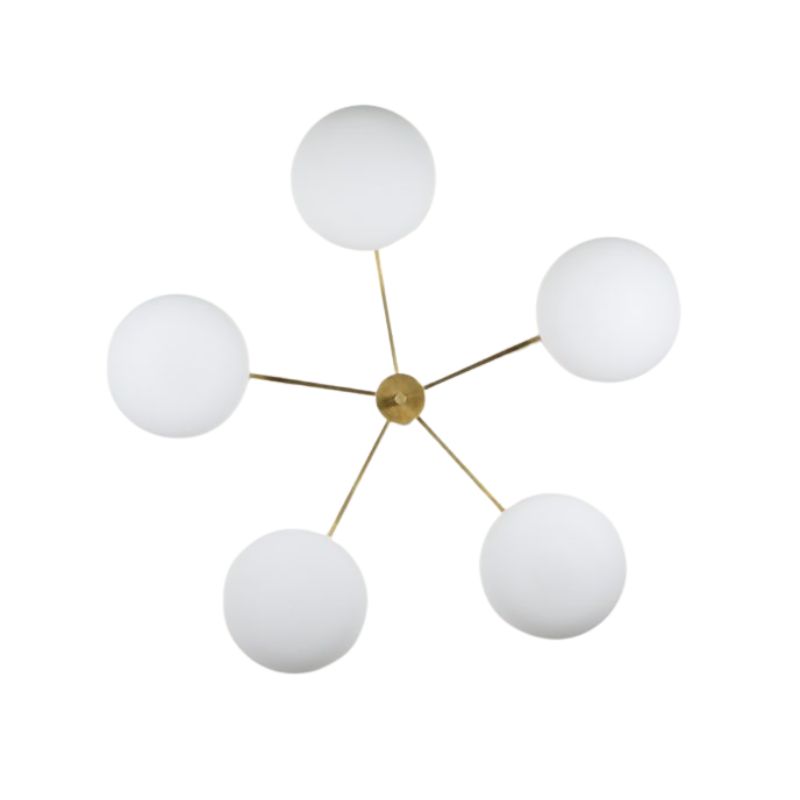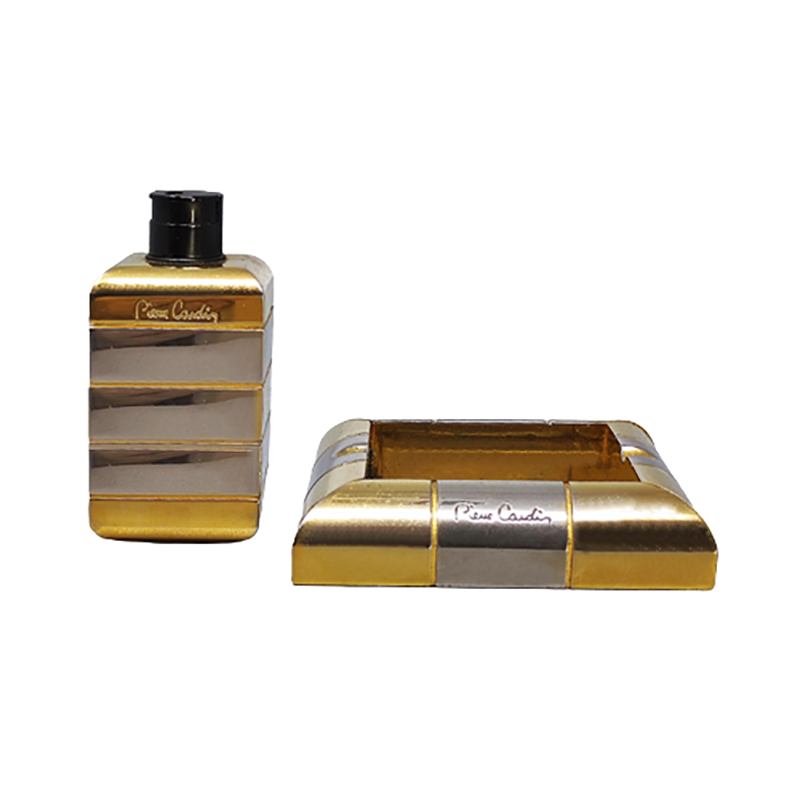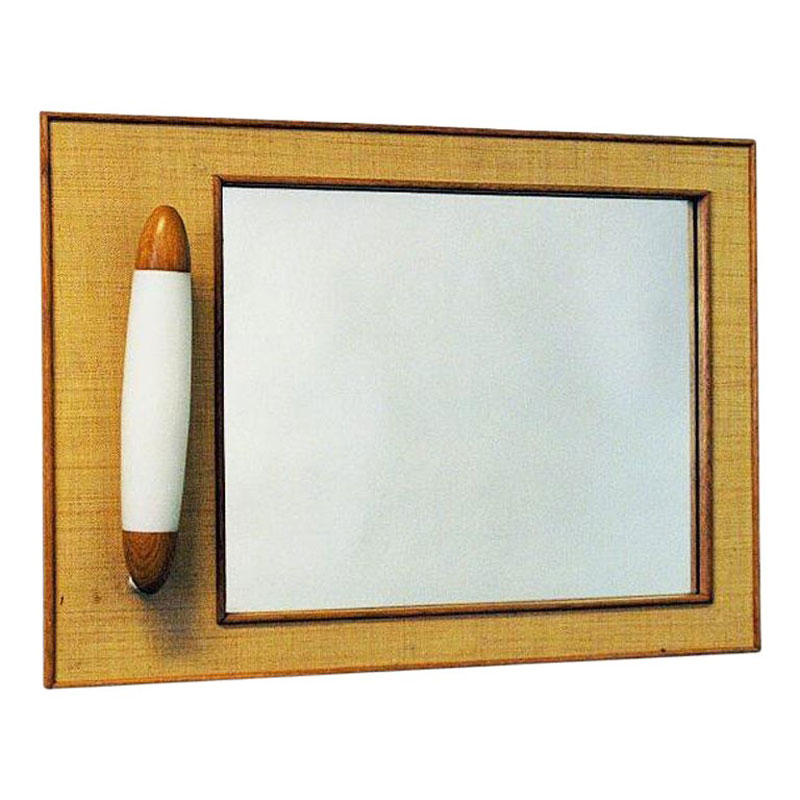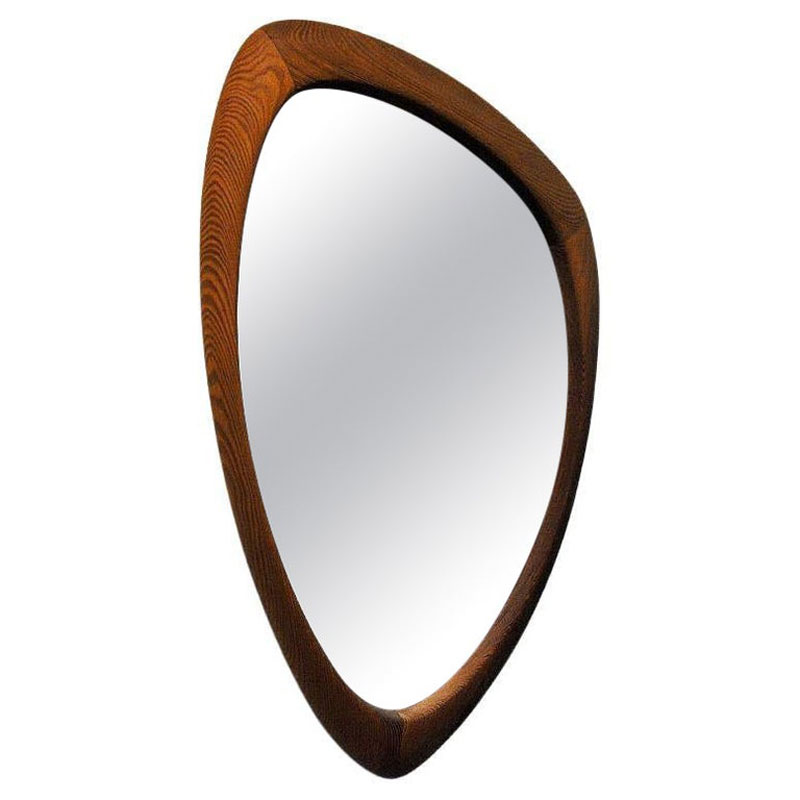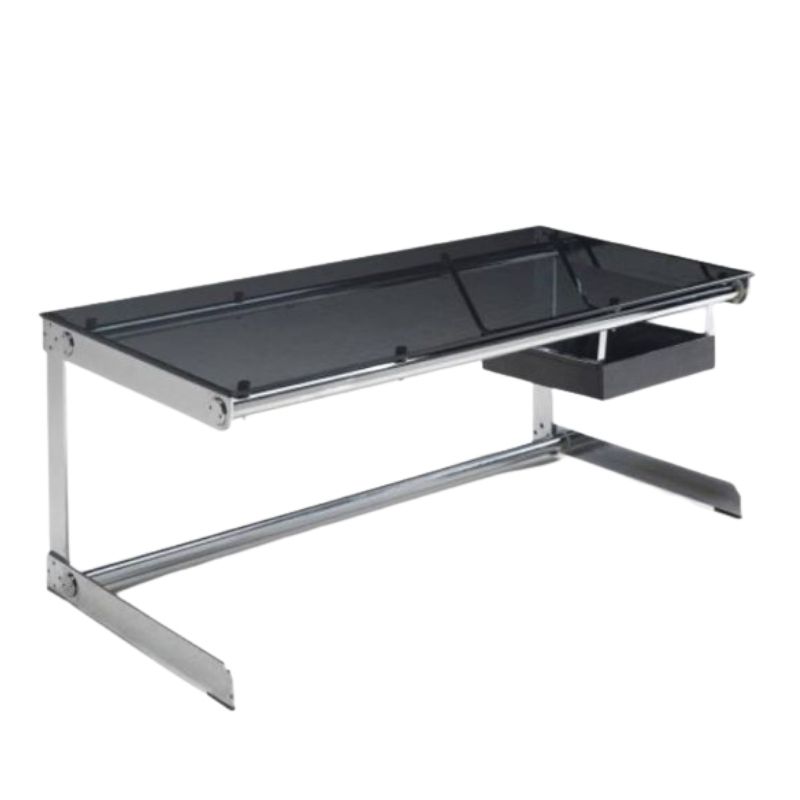Why not? You can buy citric acid crystals in grocery stores. Usually in the spice area I believe. Mix a little up dab it on with a Q-tip in an unobtrusive location and see what happens. The worst I can imagine is that the grain gets a little raised and will need a quick finish sanding before you proceed to oiling.
edit: you could use vinegar too I suppose, but citric acid doesn't smell.
So I mixed up a potent ratio of the stuff and tested in a few spots with a paintbrush. Seemed to work, so I got ballsy and basically washed the entire top with it, using a white Scotch-Brite. Wiped clean, switched to just water, then wiped it all off. Results are pretty good... roughly 90% reduction. The remaining few offenders will be removed with a razor blade. Thanks much for the help... nearly completed here.
I just realized that the trim around the top of this desk is on upside down, but I don't really care because I like it better this way. Still needs another coat of oil, but it's basically done. These pictures don't really highlight the remaining imperfections, but oh well. Thanks again, all ya'll, for your help!
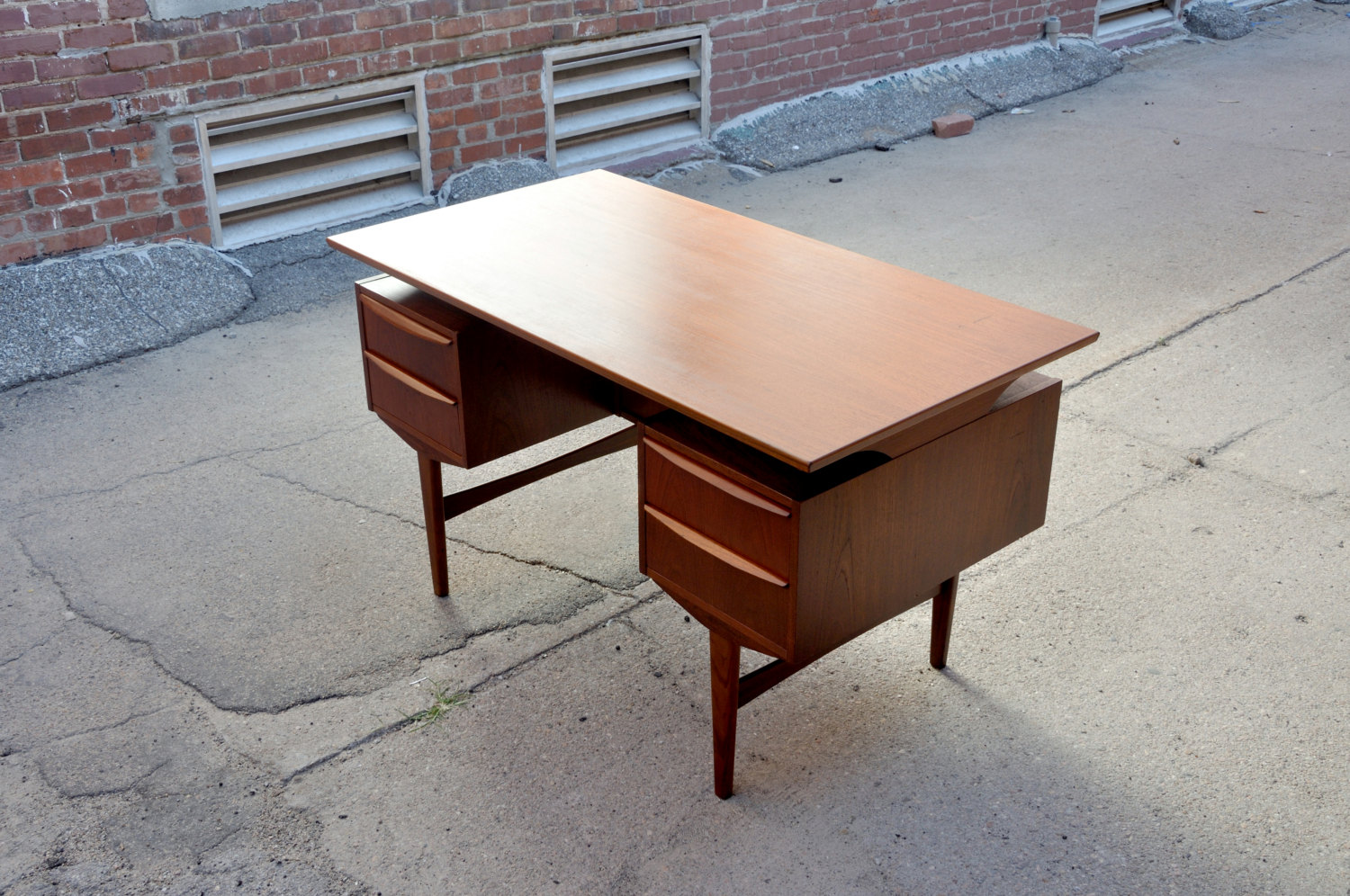

SDR, if you look at one of the pictures in the first post, from k2modern, you see that the trim angles down and away from the top surface. I'm not really sure why I didn't consult this when applying the new stuff... just seemed natural and nicer looking angled up? When I saw his picture again, I thought, 'Weird, they must have put it on upside down..." heh. Anyway, doesn't matter to me. Thanks!
Ah. Thanks, mgee. Yes, it's more common for an edge to angle back than to slope outward. But both are accepted modernist solutions. Frank Lloyd Wright and his cohorts, in the early years of the last century, demonstrated both types on the fascia (edges) of their flat-roofed houses. Furniture designers often take cues from their "bigger brothers," the architects.
If you need any help, please contact us at – info@designaddict.com



